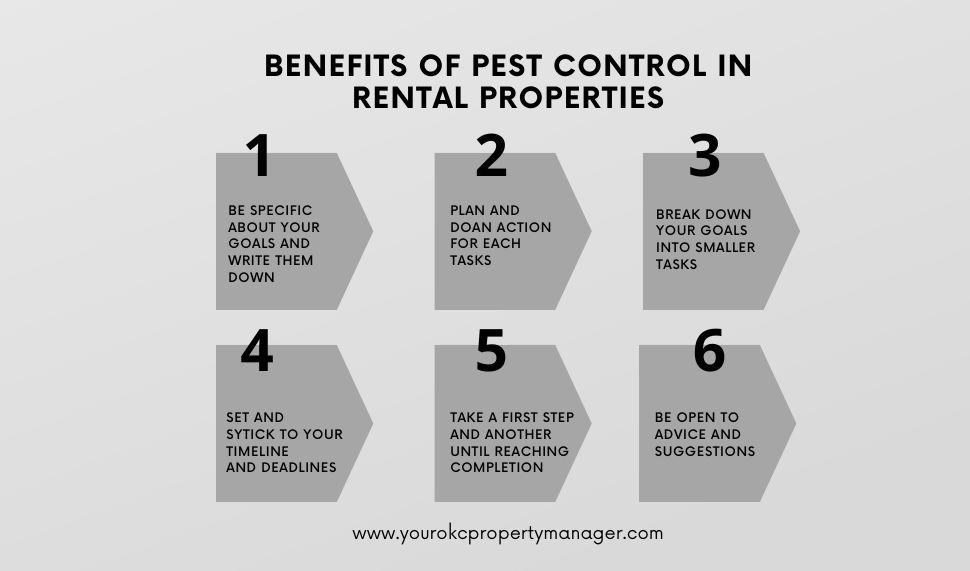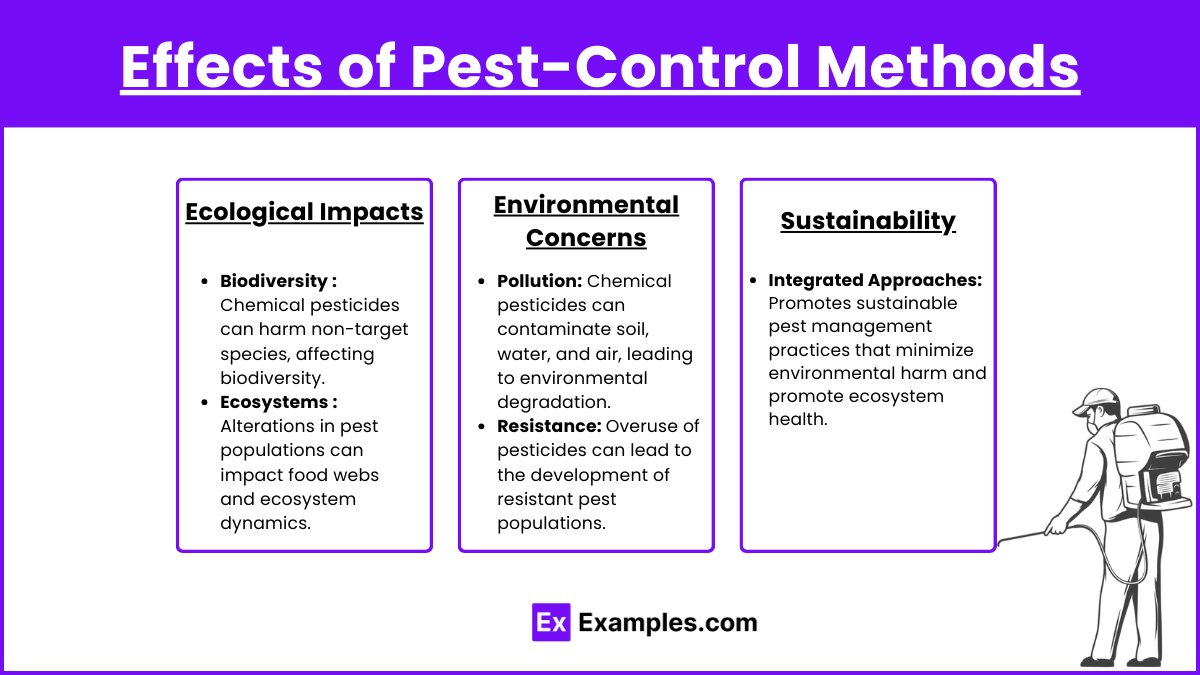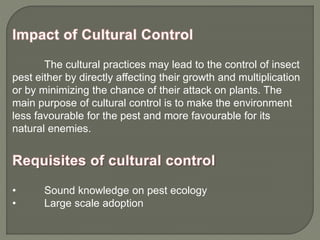The 4-Minute Rule for Pestwise
The 4-Minute Rule for Pestwise
Blog Article
The 9-Second Trick For Pestwise
Table of ContentsIndicators on Pestwise You Should KnowHow Pestwise can Save You Time, Stress, and Money.The Pestwise StatementsLittle Known Questions About Pestwise.The 9-Second Trick For PestwisePestwise for BeginnersThe 3-Minute Rule for Pestwise

Q. Define "incorporated bug management" (IPM) and checklist a number of possible control methods that may be used in an IPM approach. A. Integrated insect management is the incorporating of suitable pest control techniques into a solitary plan to lower bugs and their damages to an acceptable degree. Insect control tactics might include: host resistance, organic control, social control, mechanical control, sanitation, and chemical (chemical) control.
The Buzz on Pestwise
What can you do to keep the bugs you are attempting to control from ending up being resistant to the pesticides you make use of? A. Insect resistance can be lowered by utilizing incorporated insect management and turning the sorts of chemicals used.
Parasites are a crucial risk to the farming company, and integrated insect monitoring helps cultivators address and alleviate these threats. Integrated insect management uses numerous methods in complex, hence being a much more effective solution to the concern. Termite Treatment. In particular, getting rid of hostile chemical techniques enables for decreasing harm to people and the atmosphere by using all-natural and more secure choices rather
Indicators on Pestwise You Should Know
The goal of integrated pest management is to reduce this harm and control acceptable infestation levels as opposed to remove all unwanted populations. This is why it is necessary to recognize what actions are warranted in each situation and use hostile ones just when other incorporated monitoring strategies do not work. Integrated management reduces the negative consequences of a non-IPM approach, and the main advantages of IPM Benefits of IPM.
A proper understanding of the problem range figures out if the issue must be dealt with. are the next elements of an IPM program due to the fact that it is very important to understand if the organisms make potential dangers and choose the incorporated monitoring options or the certain pesticide use. plan to lower problems by applying different agronomic methods.
All about Pestwise
Integrated management alternatives in an IPM program beginning with more secure to extra hostile ones. The prior integrated management aspects help understand how to plan and implement an IPM program step by action: Monitor your plants regularly.

Among others, IPM cultural approaches include the adhering to field administration strategies: soil treatment; option of suitable plants; crop turning; interplanting or strip chopping; choice of planting days; weed control; use of catch plants. Desirable dirt problems speed up plant growth, and strenuous crops are extra resistant to invasions. Healthy and balanced seed startings and seeds predetermine effective plant growth, so it is important to select pest-free planting material with strong roots.
, which is likewise utilized in the integrated insect management system. Conversely, infestations enhance when plants of the same crop kind or family members expand with each other.
Potato beetles can harm growing potatoes, as well as tomatoes. Planting trap plants in patches is another option for IPM intercropping. This incorporated insect administration technique suggests attracting pests to specific plants and after that regulating them with chemical or mechanical Pest Control Services strategies. In certain, you can expand soybeans as trap crops for Japanese beetles.
All About Pestwise
Barriers are common instances of physical IPM methods. Mature pests or their eggs and larvae are collected by hand and ruined.

Department of Plant Sciences. This incorporated management method implies a typical method of ruining bugs by killers, parasitoids, virus, and various other organic control representatives (also known as hostile microorganisms). The duty of organic control in IPM is to.
Pestwise - Questions
With time, their population became a real nuisance to farmers along with indigenous kangaroos or dingoes. The walking cane toad is another case illustrating integrated biological control failing in this respect when it refused to search the target species and ended up being a pest itself. Parasitoids develop on or within their hosts to ultimately eliminate them after maturing.
Report this page